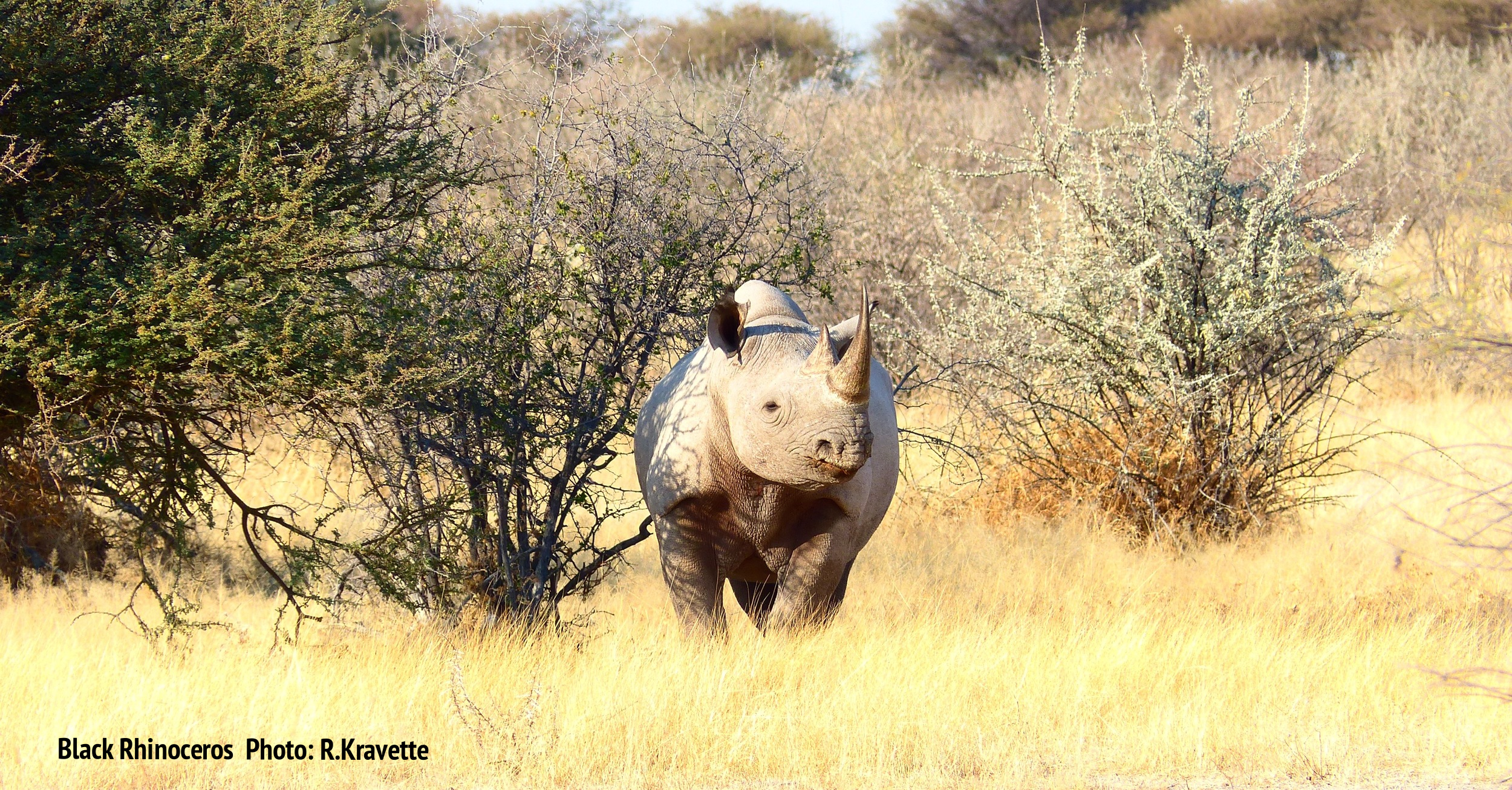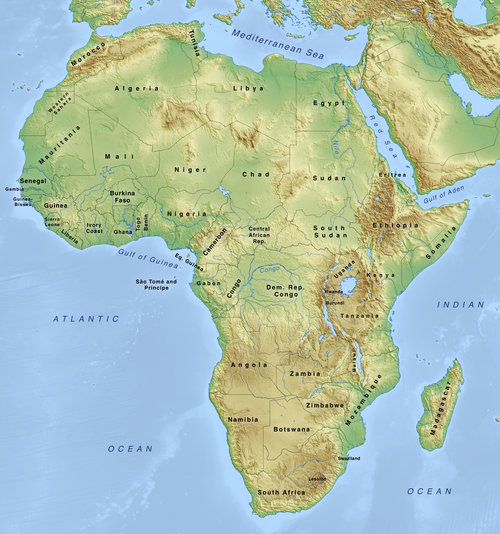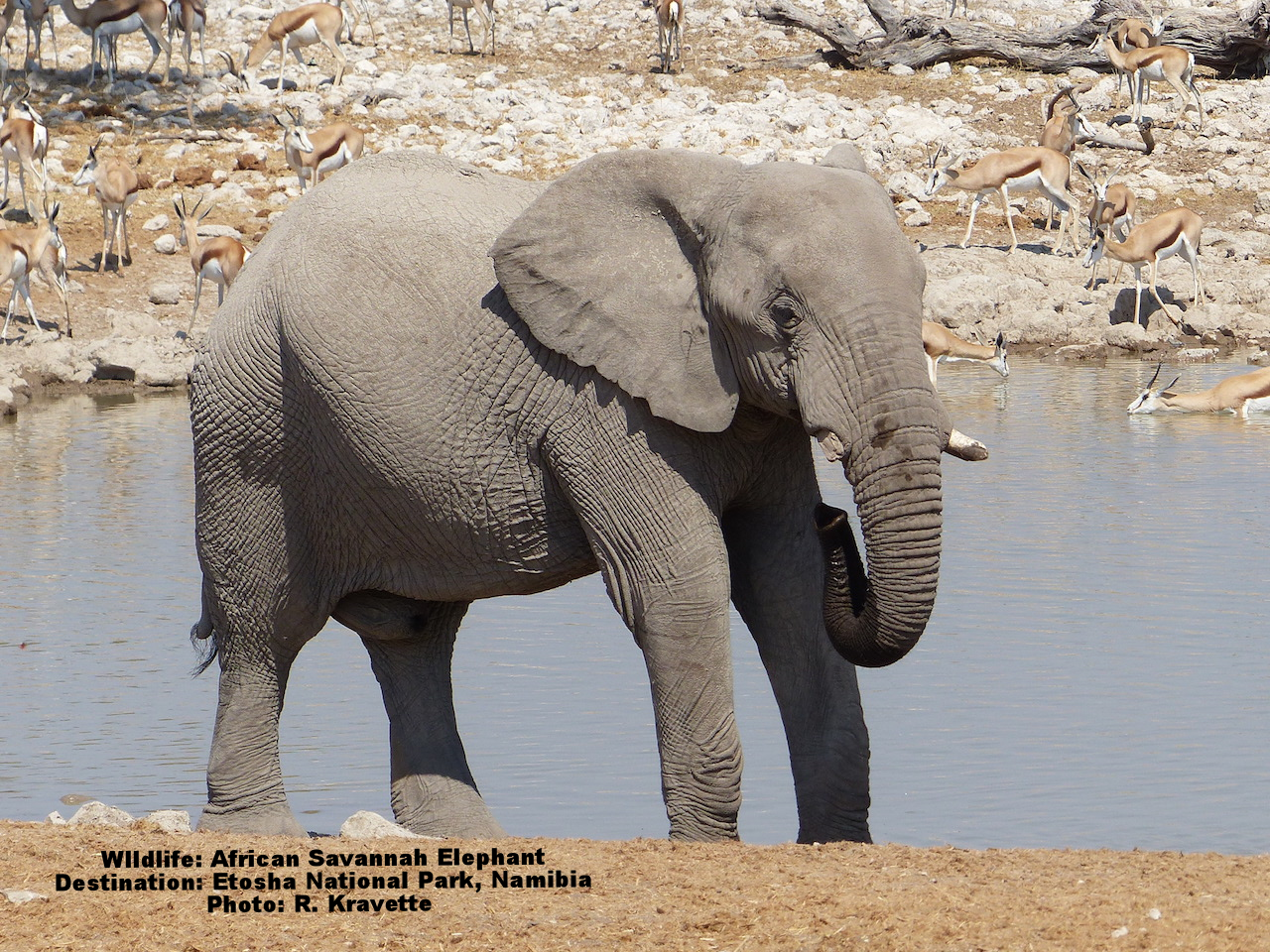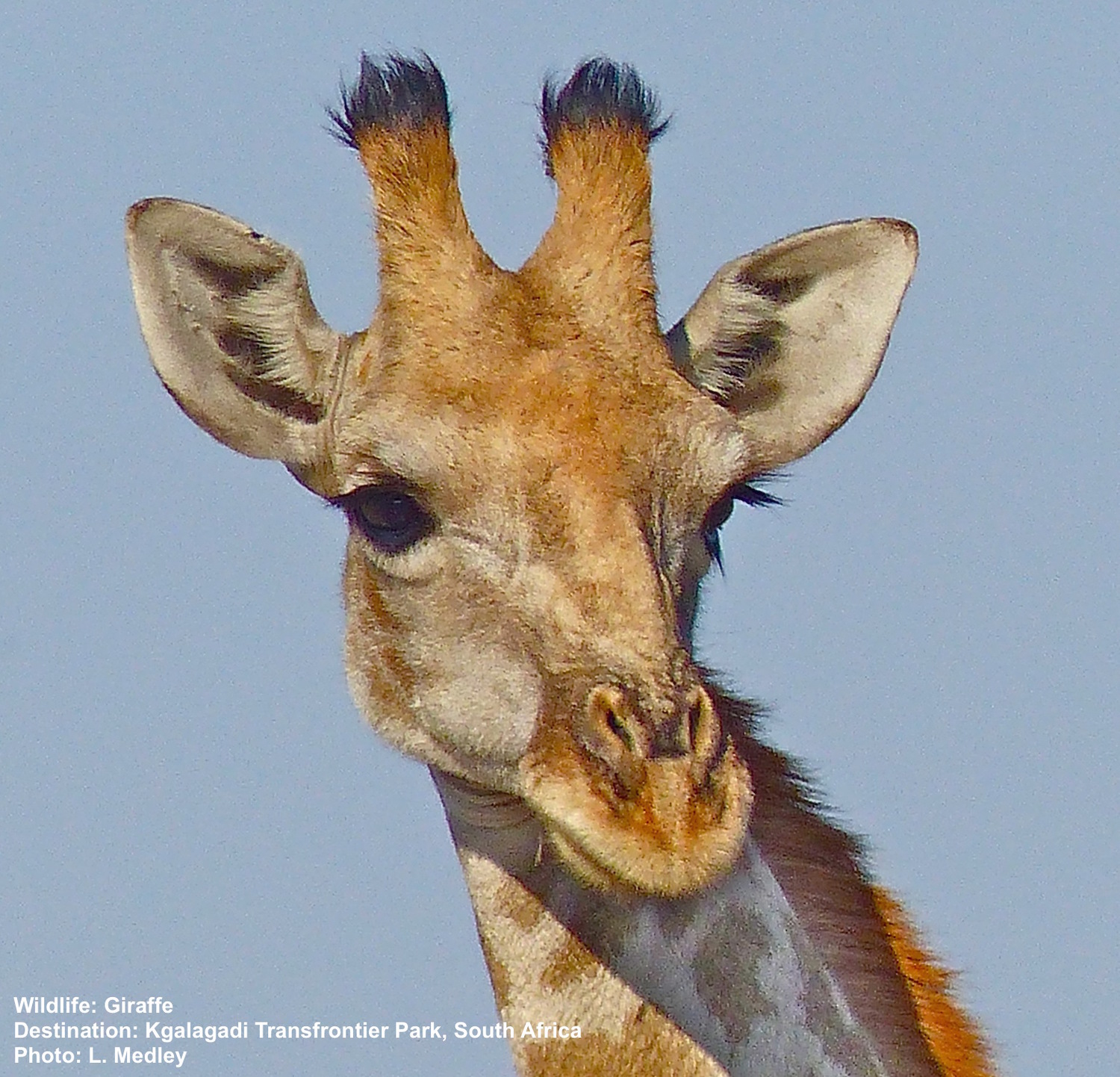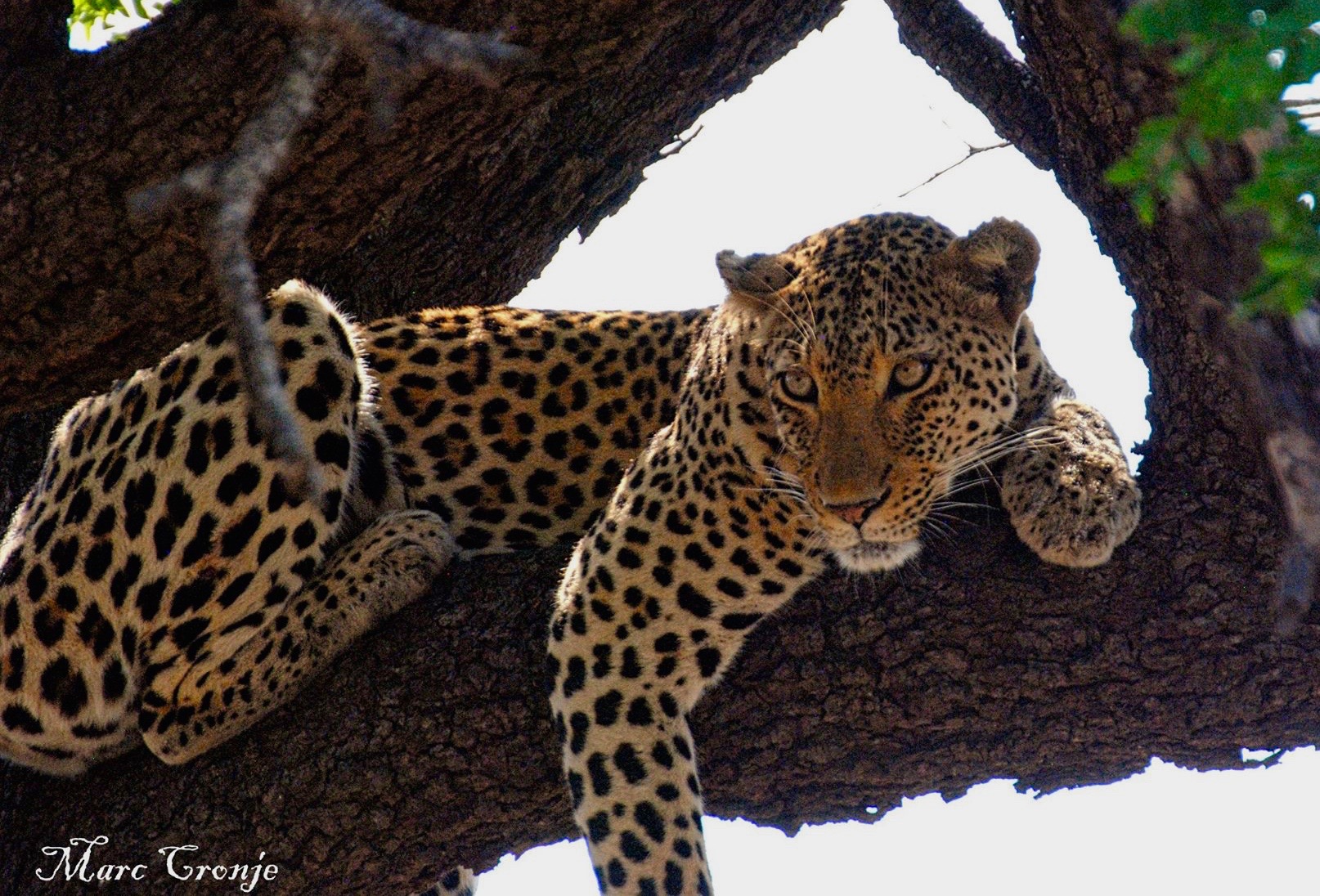A Field Guide to African Painted Dog
Chapter 2: The Painted Dog Life Cycle
African Painted Dog Breeding
✔︎Tips
Who: Families, photographers
What: African Safari
Where: Africa. See Chapter 4: Best Places
When: See destination.
How: Mobile safari with naturalist guide.
African painted dogs live in packs of two to 20 individuals lead by the breeding or alpha pair. Single sex groups occur, but these are usually young females who have just left their natal group and are not considered “packs.”
The alpha pair breeds, if another female has puppies, the alpha female may steal or kill them – although other females may help to nurse the alpha’s puppies. After an approximately 70-day gestation period, litters of up to 20 puppies (the most of any canine related species) are born in a den, either repurposed from another species like an aardvark, or dug out by the mother with help from the pack.
Nursing Mothers Hunt, Too
Females are very important to the hunt. A nursing mother will leave her puppies, usually with male baby sitters, and join the others. All members, male and female, act as baby sitters and guardians and will feed both the puppies and those caring for them. See below for more on hunting.
By ten weeks the puppies are weaned and begin to eat regurgitated food. At about 6 months they can roam with the pack and even tag along on the hunt. See “What Are They Doing” below for more information.
Puppies, usually weaned by 10 weeks, are allowed to tag along on the hunt - prior to that they stay home with a babysitter - often a male. See below. Image: ©Marc Cronje, Independent Field guide Destination: Kruger National Park, South Africa
Painted dogs have a characteristic very unusual in the canid world: upon maturity (14-30 months), females, not the males, either singly or as a group, strike out on their own, abandoning their natal pack in search of a mate. These sisters may split up or stay together with the alpha female emerging from among them. When an appropriate mate joins the alpha female, a new pack is created. This system ensures that adult males will not be related to the adult females within a pack, and keeps the instance of inbreeding very low. Painted dogs can live up to 11 years.
This "babysitter" was guarding the pups above, "mom" had probably joined the hunt. When they return, The hunters will regurgitate their food to feed those left behind. Destination: Kruger National Park, South Africa Image: Thanks to ©Marc Cronje, Independent Field Guide, African Wildlife Specialist.
On the African Wild Dog Menu
The painted dog is a carnivore. Their preferred menu includes small to mid-sized antelope such as: impala, bushbuck, duiker, kudu, and reedbuck. They will also attack a zebra or wildebeest or even a buffalo, choosing the weakest of the herd or lone animals. All of these prey animals significantly outweigh the African painted dog.
Smaller mammals and birds supplement their diet. Their unselfish system of dividing the food among the pack differs from other canids.
What Are Those African Painted Dogs Doing ?
Painted dogs packs are strongly dependent on each other for survival. Members are rarely aggressive inside the pack; in fact they are remarkably submissive to each other, licking each other’s mouths, rolling onto their backs, bowing heads, and regularly begging from each other. This makes for a very tight-knit, confident, and cooperative team unafraid to take on a hyena or even a lion when necessary.
Benefits of Teamwork: This close teamwork leads to reward. Painted dogs are the most efficient hunters in Africa, successful 70% - 90% of their attempts, a far higher rate than other predators; lions only bring down 30% of their prey.
Watch the dogs in the background of the video above. This is the Orpen pack in South Africa's Kruger National Park. See how they are literally jumping over each other? As each becomes ready it joins the others - note the left side of the screen. They “rev each other up” for the expedition by bowing to each other and jumping around, tails wagging, noses touching, all the while making high-pitched whining or “chirping” sounds. Listen to the sounds in the video. Painted dogs don’t bark. The packs hunt twice a day, early morning and evening, resting in-between. This is a morning foray. Many thanks to professional field guide and good friend, Marc Cronje, for use of this video. (He shared some secrets in this interview)
These dogs are fast. Long legs and large lungs help them run at speeds up to 37 mph (60 km/h) for three miles (5 km) Destination: Kruger N.P. South Africa Image: Thanks to ©Marc Cronje, Independent Field guide, African Wildlife Specialist.
Hunting: On the hunt, the alpha individual leads and chooses the prey. However, another pack member may also spot a candidate, splitting the group into two hunting parties. This is not necessarily a sign of competition between the dogs, but a way to provide more food for all. The result is often two kills for the pack to share. Painted dogs might target prey up to 10-times their size, unfortunately, their audacious hunting style has lead to a very bad reputation for this amazingly unaggressive animal.
The dogs are fast (up to 37 miles per hour / 60 km/h). Long legs and large lungs give them speed and great endurance. Unlike other predators, painted dogs have relatively small, weak jaws so do not use a “kill bite” or strangulation bite. They chase their target at full speed for up to three miles (5 km) until it falls from exhaustion or shock, tearing at the animal’s flesh, disemboweling the prey it as it runs. This method is thought to kill more quickly, but can be horrifying to a human onlooker.
Under constant threat from hyenas and lions, painted dogs consume their kill very quickly. They will then return to the den or rest site to regurgitate their food for those left behind. Image: ©BrianSedgbeer ⎮dreamstime.com
Feeding: The painted dogs must consume the kill quickly before lions or hyenas steal it; even so, immediately after the kill, they revert again to their more characteristically submissive behaviors. The strongest individuals do not rush in to grab the food – instead, all adults hold back, allowing the young tag-along puppies to feed first, this continues for a year or so until the puppies are fully mature. These are the only known carnivores to do so.
While the others gorge, some members stand guard against thieves. Even so, every member of the pack, including those not involved in the hunt, have an opportunity to feed on the kill. Afterward the hunting party has fed, they quickly travel back to the den or meeting place where they regurgitate their food for the youngest puppies, and those left behind. In this way, too many puppies, sick or old individuals can actually weaken a pack overall. In a painted dog pack, sometimes the alpha pair is the last to eat.
Painted dogs rarely stay in one location for more than a few days. They continuously move throughout huge ranges, traveling sometimes shoulder-to-shoulder, good-naturedly jostling or mouthing and regularly grooming each other. They are so unaggressive within the pack that it is not unusual for the most submissive (and the best at begging) to be the most well fed.
All this interdependence comes with mixed result. On one hand it makes for healthy, successful packs, but the vacuum created when even a single member is killed can be deadly. All means of survival: acquiring food, raising young, and defense against predators is done as a team. Especially with decreasing painted dog numbers causing diminished pack size, the loss of even one strong individual threatens the while pack's survival.
African Painted Dog Communication
Painted dogs communicate with a range of vocalizations, including “chirps” and squeals, but they do not actually bark or howl. At night they can sound almost like an owl, making a “hoo” noise. Physically, they greet each other with enthusiastic tail wagging, bowing, jumping, chasing, rubbing against each other, and many other submissive behaviors. Listen to the video in "What Are They Doing" to hear painted dogs vocalizing before a hunt.
MORE!
Special Thanks
Peter Bliston, David Kuvawoga and Jealous Mpofu and The Painted Dog Conservation, Hwange, Africa. Follow on Facebook
Marc Cronje, Independent Field Guide, South Africa. Follow Marc on Facebook
Don't let this be 'good-by" to painted dog - seek them out and send us your adventures! Image: Thanks to ©Marc Cronji, Independent Field Guide. Destination: Kruger National Park, South Africa






